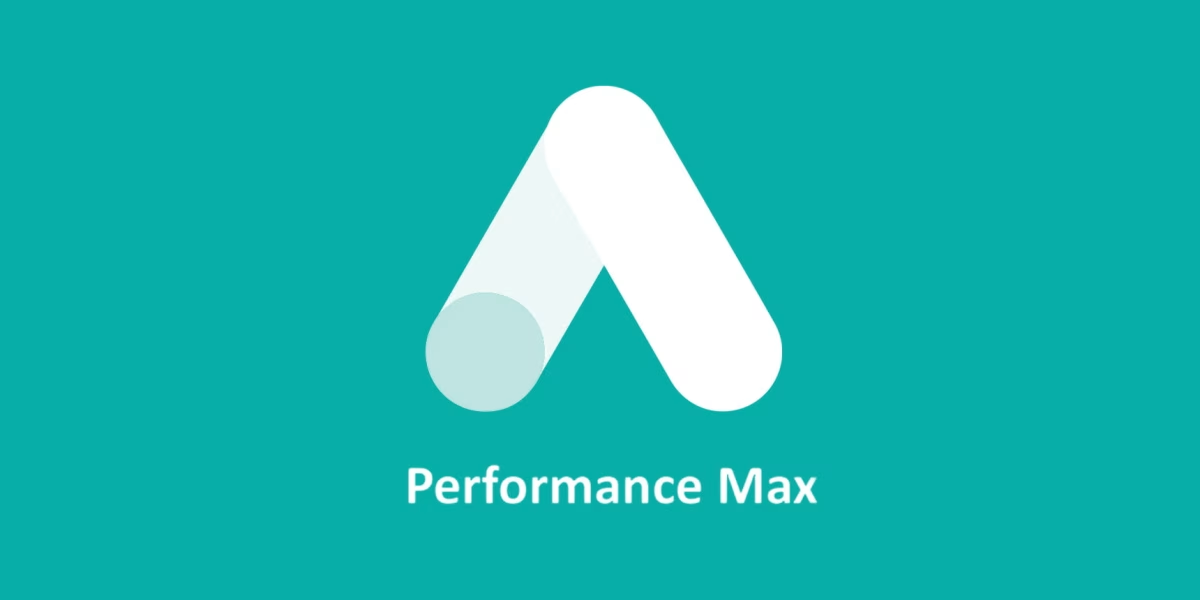We’ve been testing it for several months now. It can be decent, but not always. Overall, we’re not that impressed just yet.
The Background
Bear with me here. To understand this properly, we need a little history lesson.
Google Shopping
In its simplest form, Google Shopping takes a product feed, routes it through Google Merchant Centre, and links up with your ads. Those shopping ads are shown on Google’s main Search Engine Results Page (SERP) and also in the Shopping tab.
This type of campaign can be really effective and gives you a lot of control. Usually, people use manual bid strategies. That means you need to regularly tweak bids to make the most effective use of your budget. We often find that people simply forget to do that, or don’t understand how to adjust their bids for maximum effect. However, if you have enough conversion data, you can also target a specific Return on Ad Spend (ROAS).
Smart Shopping
Smart Shopping added a variety of automated bid strategies to Google Shopping ads, plus remarketing to help encourage more people to convert. It was our go to for quite some time. As long as you had plenty of products in the feed, it tended to perform at least as well as regular Google Shopping, if not better, and cut the time needed to manage the ads significantly.
Now, it’s gone :(
The 'Recommendations' section
Before we come back to Performance Max, let’s talk about some other things Google has been pushing recently. These things share some downsides – namely making things look better than they really are. (Spoiler alert: that can be a problem with Performance Max too).
Broad Match keywords
We tend not to use broad keywords too much, as they can end up showing ads for irrelevant things. However, it’s important to test them, as they can sometimes do well. What concerns me about Google pushing these, is they’ll sometimes start showing ads for brand keywords or something else you didn’t intend.
Showing ads for your brand name can be incredibly important, but it should always be in a separate campaign, using negative keywords everywhere else. That’s because brand keywords will almost always perform better, and if they’re mixed with other things, it skews the results.
You might find that when you add broad keywords to a campaign, the results can look good, but when you dig a little deeper, it’s actually brand search driving those results. What a fail!
Dynamic Search Ads (DSAs)
This is another automated style of campaign. They’re really good for finding keywords you didn’t think of and making sure gaps are filled, but they can have exactly the same problem as broad keywords i.e. unintentionally showing ads for brand keywords.
Luckily, fixing broad match and DSAs is relatively simple, because you can just add the brand terms as negatives and get a better idea whether your campaigns are a success.
Performance Max: a black box?
With Performance Max there’s so much automation it’s more difficult to tell exactly what’s going on. Are the conversions you’re getting from Google Shopping anymore, or search ads, or some other channel?
It is possible to see what keywords are driving results in the Insights section, and we’ve found that brand search crops up here quite often.
For large ecommerce companies with lots of products, Performance Max can work well. However, for people with only a small number of products, we’ve seen a lot of brand search cropping up, or it seems like it mostly isn’t Google Shopping driving clicks.
Is it fixable?
At the time of writing, not really. You can add a customer list if you have one and try settings that focus on new customers rather than existing ones, but it’s far from perfect.
Ideally, we’d want to add negative keywords to the campaigns. We’d also love to be able to see a breakdown of what channels are generating what results within the campaign. But both of those aren’t possible right now.
Performance Max seems worse than Smart Shopping was. It can still be useful and work, sure, but there are plenty of downsides.
So, should I use Performance Max campaigns?
If you have lots of products, go for it. It’ll probably perform well – especially if you use Maximise Conversions (with Target ROAS) bidding and set things up correctly. Google’s automatically ‘upgrading’ existing campaigns anyway, so you might be using it and not even aware. Just keep a close eye on what keywords are driving sales.
If you don’t have many products or the results from Performance Max seem poor, moving back to regular Shopping Ads might be the way to go – at least until Google gives us the ability to add negative keywords to Performance Max campaigns. You can still use Target ROAS, which is one thing people might not realise.
As with everything in Google Ads, your milage may vary.
Why are Google doing this?
You have to wonder whether Google increasingly pushing automation is with the best interests of their customers in mind.
To be fair, a lot of the automation Google’s added to Google Ads over the past few years has made it easier to get good results with less effort. But we don’t want stuff that artificially makes results seem better when it’s actually brand search making the difference.
Are Google over-relying on machine learning to the extent that no one’s gone “hold on a minute, this is all brand search?” Or do they know, but they’re hoping we won’t notice?
It’s hard to say. Probably best to get advice from someone other than Google :)



